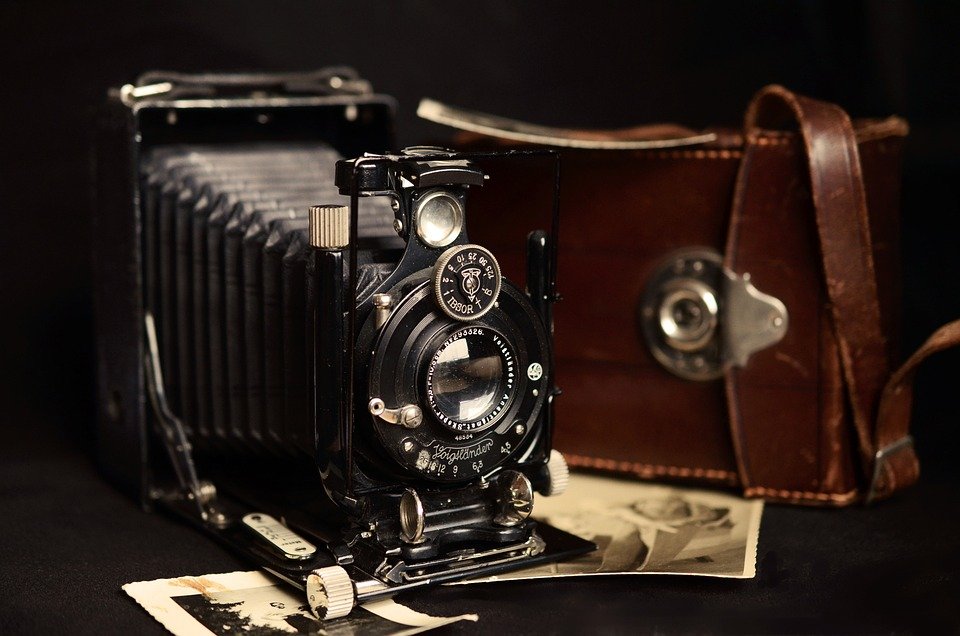Mirrorless vs. DSLR: Pros and Cons of Each Camera
When it comes to purchasing a new camera, photographers are often faced with the decision between a mirrorless camera and a DSLR. Both types of cameras have their own set of pros and cons, and it can be difficult to choose the best option for your specific needs. In this article, we’ll break down the advantages and disadvantages of both mirrorless cameras and DSLRs to help you make an informed decision.
Mirrorless cameras have become increasingly popular in recent years due to their compact size and portability. Unlike DSLRs, mirrorless cameras do not have a mirror mechanism in the camera body, which allows for a smaller form factor. This makes mirrorless cameras ideal for travel and street photography, as they are easier to carry around and less conspicuous than bulky DSLRs.
Another advantage of mirrorless cameras is their electronic viewfinders (EVF), which provide a real-time preview of the image you are about to capture. This can be helpful for composing your shots and adjusting settings on the fly. In addition, mirrorless cameras typically have faster autofocus systems and shooting speeds compared to DSLRs, making them great for capturing fast-moving subjects like sports or wildlife.
However, despite their compact size and advanced features, mirrorless cameras do have some downsides. One of the main disadvantages of mirrorless cameras is their shorter battery life compared to DSLRs. Mirrorless cameras rely on electronic viewfinders and displays, which can drain the battery faster than optical viewfinders in DSLRs. This means you may need to carry extra batteries or a charger when shooting with a mirrorless camera.
Another drawback of mirrorless cameras is their lens selection. While most major camera manufacturers have been expanding their lineups of mirrorless lenses, the selection is still not as extensive as that of DSLRs. This can be a limiting factor for photographers who require specific lenses for their work.
On the other hand, DSLRs have long been the go-to choice for professional photographers due to their reliability, durability, and vast selection of lenses and accessories. DSLRs use an optical viewfinder that provides a clear and bright image of the scene, which some photographers prefer over electronic viewfinders.
DSLRs also have longer battery life compared to mirrorless cameras, thanks to their simpler design and the lack of an electronic viewfinder. This means you can shoot for longer periods of time without worrying about running out of power.
However, DSLRs are bulkier and heavier than mirrorless cameras, which can make them less convenient to carry around, especially for travel photography. DSLRs also tend to have slower autofocus systems and shooting speeds compared to mirrorless cameras, which can be a disadvantage when capturing fast-moving subjects.
In conclusion, both mirrorless cameras and DSLRs have their own set of pros and cons, and the best choice for you will depend on your specific needs and preferences. If you prioritize portability, fast autofocus, and shooting speed, a mirrorless camera may be the best option for you. On the other hand, if you value durability, battery life, and a wide selection of lenses, a DSLR might be the better choice. Ultimately, it’s important to consider your shooting style, budget, and the type of photography you plan to do when deciding between a mirrorless camera and a DSLR.
